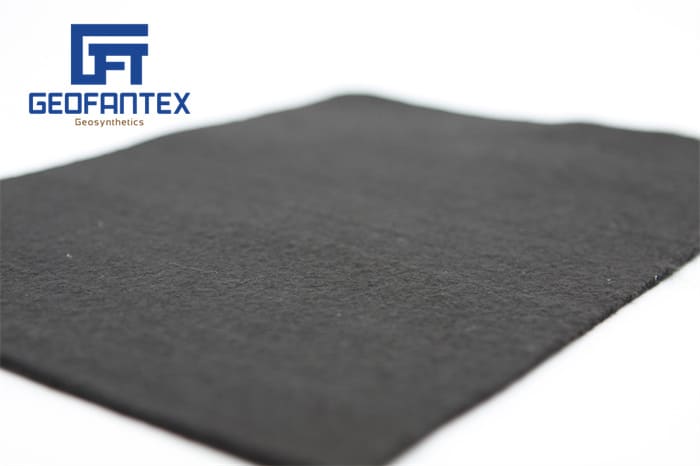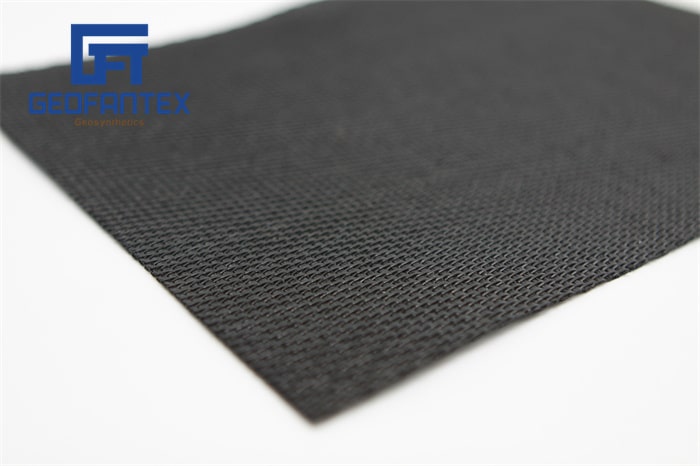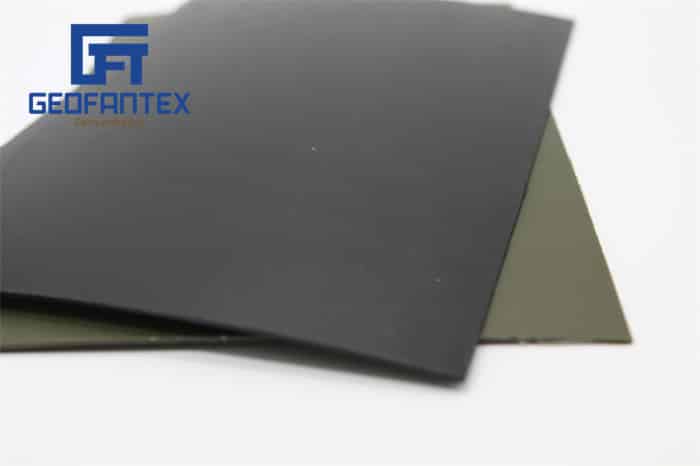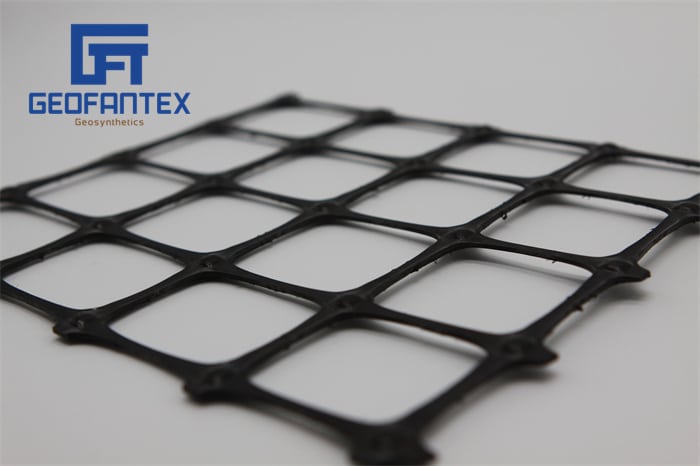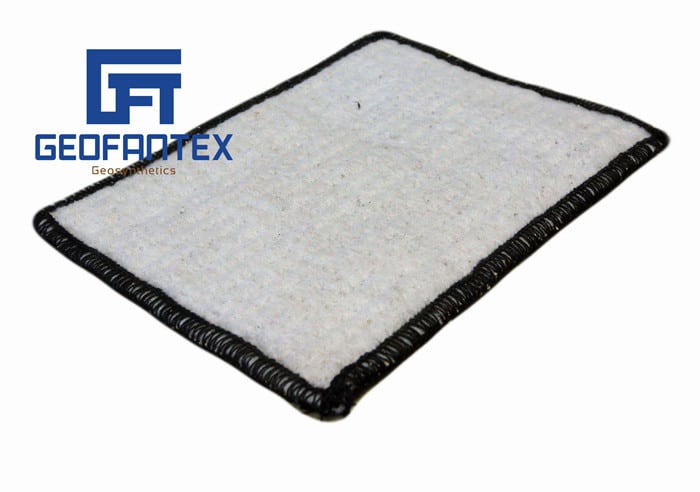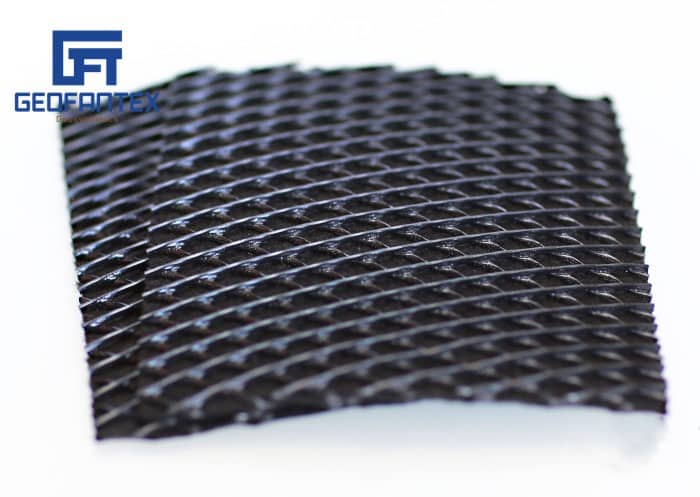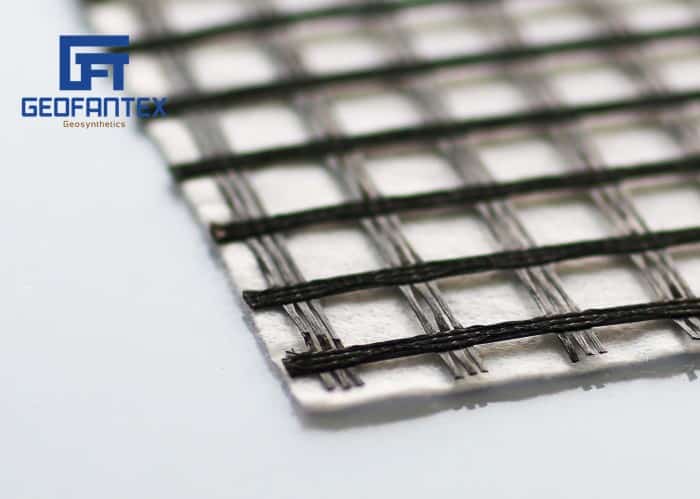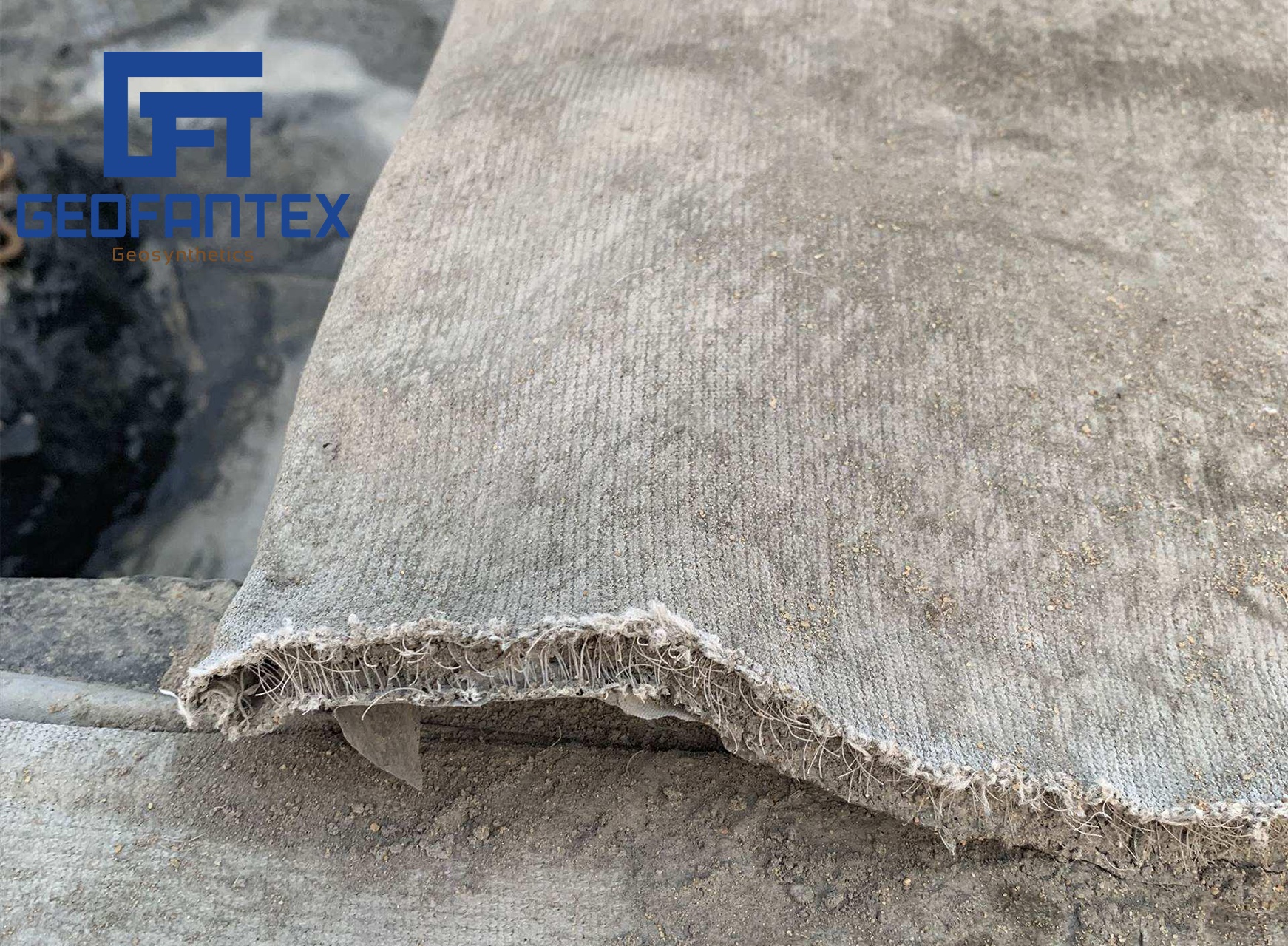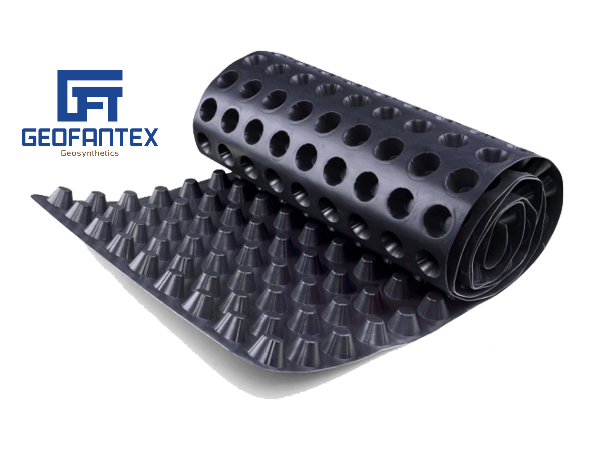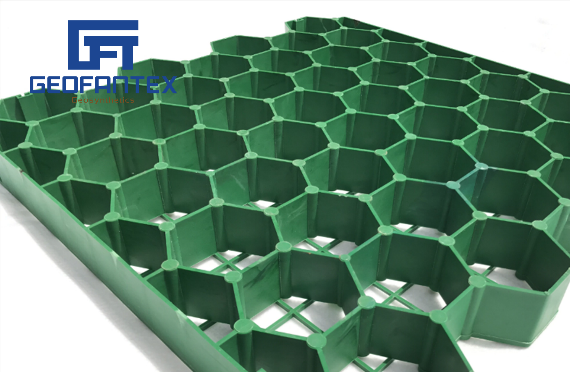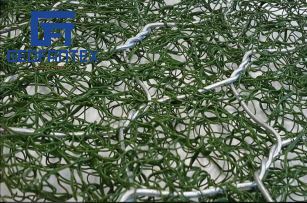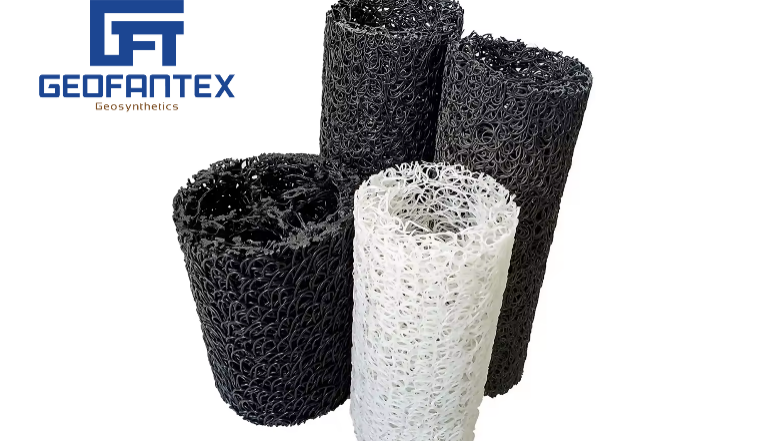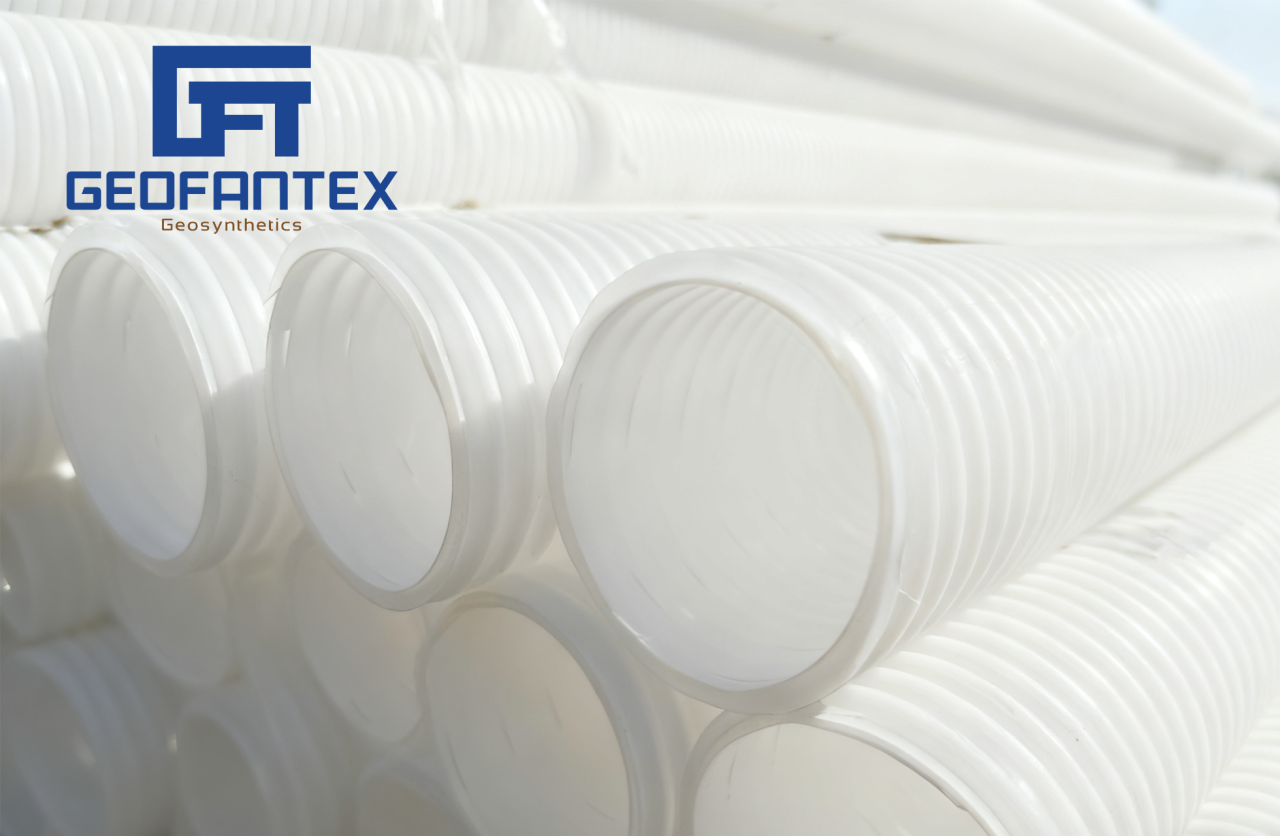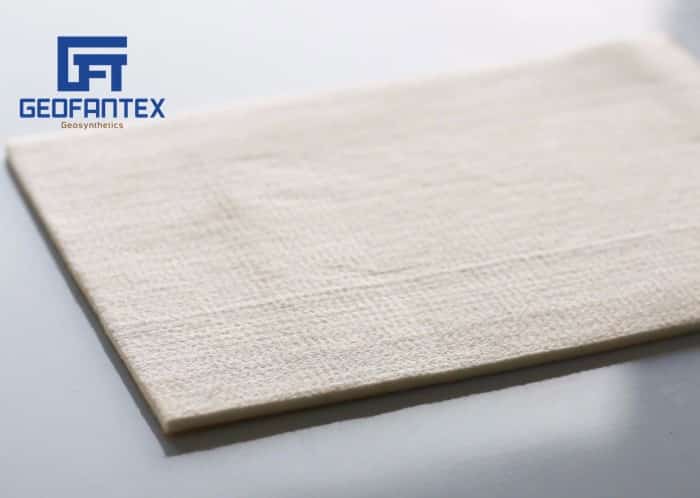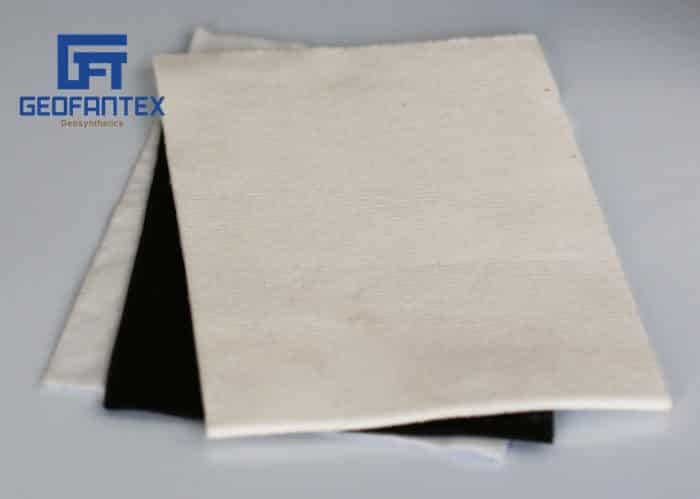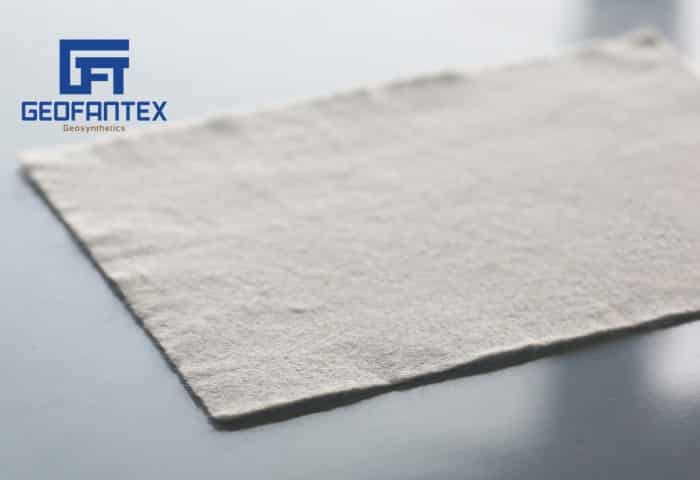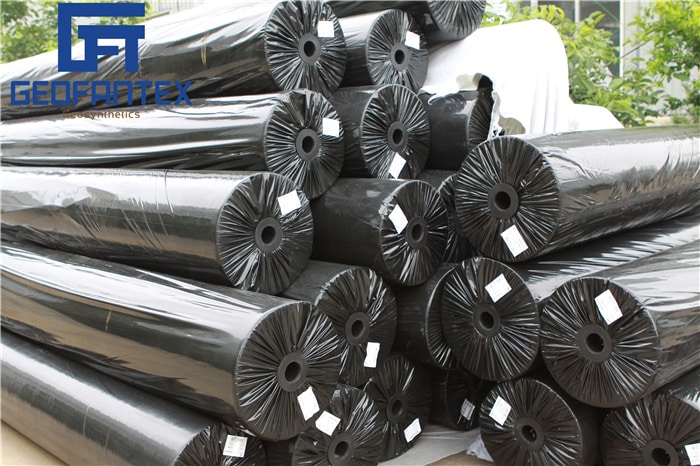+86-159 9860 6917
info@geofantex.com
geofantex@gmail.com
+86-400-8266163-44899
Geotextiles are permeable fabrics widely used in civil engineering, agricultural, and environmental applications. These textiles are essential in various construction projects due to their adaptability and protective features, including their use as waterproof lining fabrics. This article delves into the nature of geotextiles, focusing on their waterproof characteristics and their role in water management systems.
Is geotextile fabric waterproof?
No, geotextile fabric is not fully waterproof, as it is designed to allow water to pass through while filtering soil particles.
- Permeability: Both woven and non-woven geotextiles are engineered for water flow, aiding in drainage and soil stabilization.
- Function: Instead of blocking water, geotextiles control erosion, improve soil separation, and prevent sediment migration.
- Types: Non-woven geotextiles offer higher water permeability compared to woven types due to their felt-like structure.
- Waterproofing alternative: For applications requiring water blockage, geomembranes or composite geosynthetics are preferred.
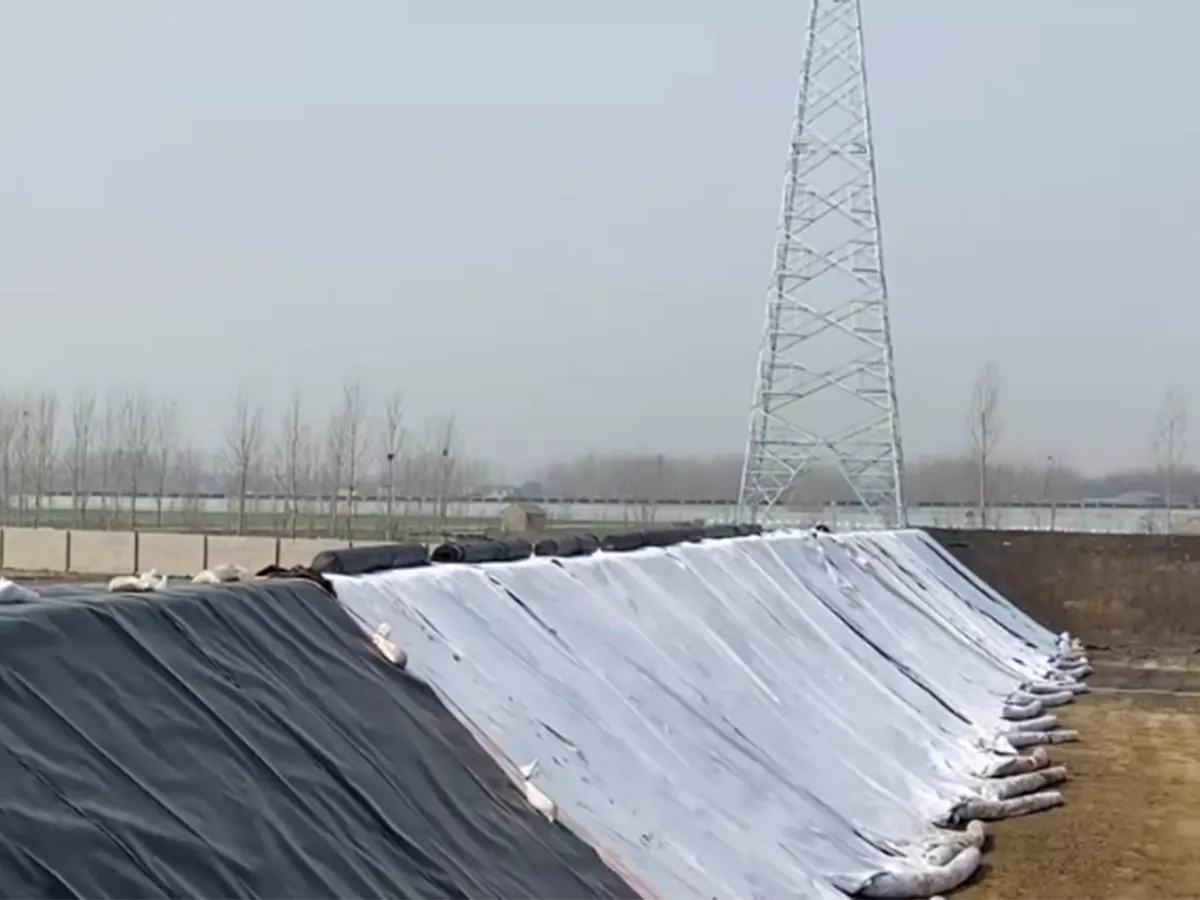
Does geotextile fabric stop the water?
- No, geotextile fabric does not stop water; it is designed to be permeable.
- Non-woven geotextiles allow water to pass through while filtering soil particles, making them ideal for drainage.
- Woven geotextiles have lower permeability but still permit some water flow, primarily for stabilization applications.
- The key function of geotextile fabric is to manage water movement while maintaining soil structure and preventing erosion.
Why is geotextile used in waterproofing?
Geotextile is used in waterproofing primarily as a protective and supportive layer rather than as a water barrier itself. Its main roles include:
- Protection of waterproof membranes: Geotextiles shield geomembranes or other waterproof layers from punctures, tears, and damage during installation and service life, preserving the integrity of the waterproofing system.
- Stress distribution: They help evenly distribute loads and mechanical stresses, reducing the risk of localized pressure that could compromise the waterproof layer.
- Water flow management: Geotextiles guide and filter water movement near waterproofed areas, preventing soil erosion and maintaining structural stability.
In essence, geotextiles enhance the effectiveness and durability of waterproofing systems by acting as a safeguard, load distributor, and water management facilitator, even though they do not block water themselves.
Can water pass through non-woven geotextile?
Yes, water can pass through non-woven geotextiles. Non-woven filter fabric is designed with materials that have a higher flow-through rate, making it much easier for water to pass through the material. These fabrics are particularly designed to allow fluid transmission while preventing the migration of fine materials. Non-woven geotextiles are typically used in scenarios where high levels of drainage are necessary. They maintain their filtration properties while effectively separating the soil layers and allowing water to pass through, making them excellent for use in drainage systems and as part of waterproof lining applications.
Geotextiles, particularly in the form of non-woven fabrics, are a cornerstone in modern construction and environmental applications due to their versatile and durable nature. While not waterproof by themselves, geotextiles contribute significantly to waterproofing solutions by protecting barrier materials, facilitating drainage, and ensuring stability in soil structures. Their ability to filter and channel water makes them indispensable in the design and implementation of effective and lasting waterproof lining systems.
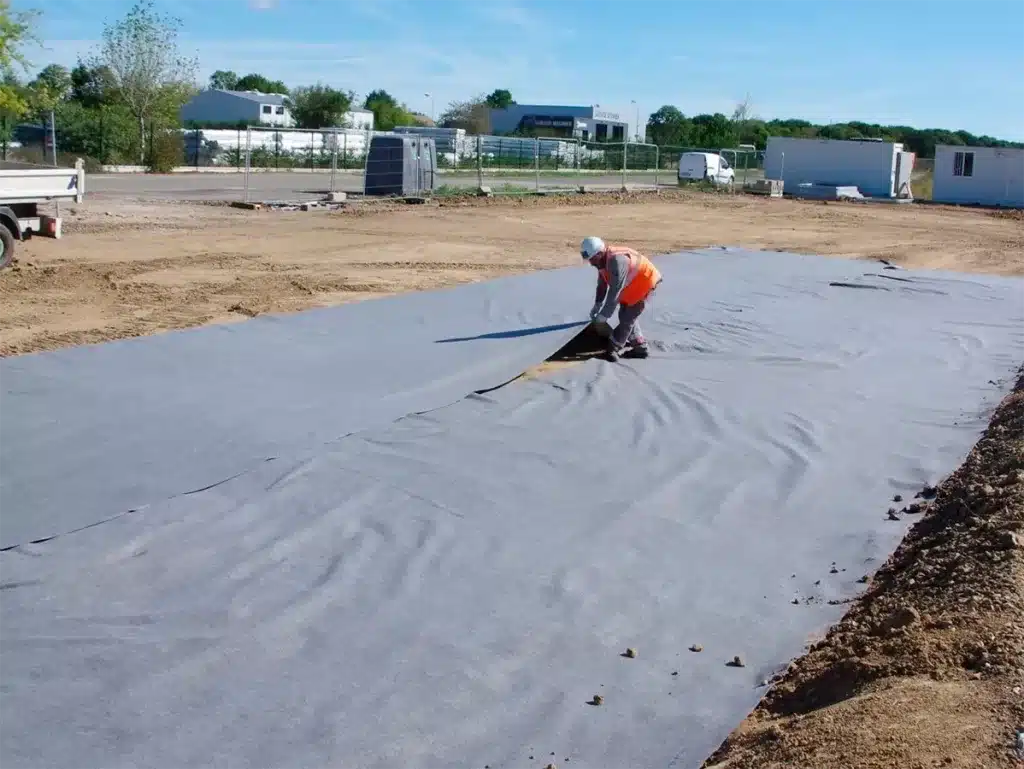
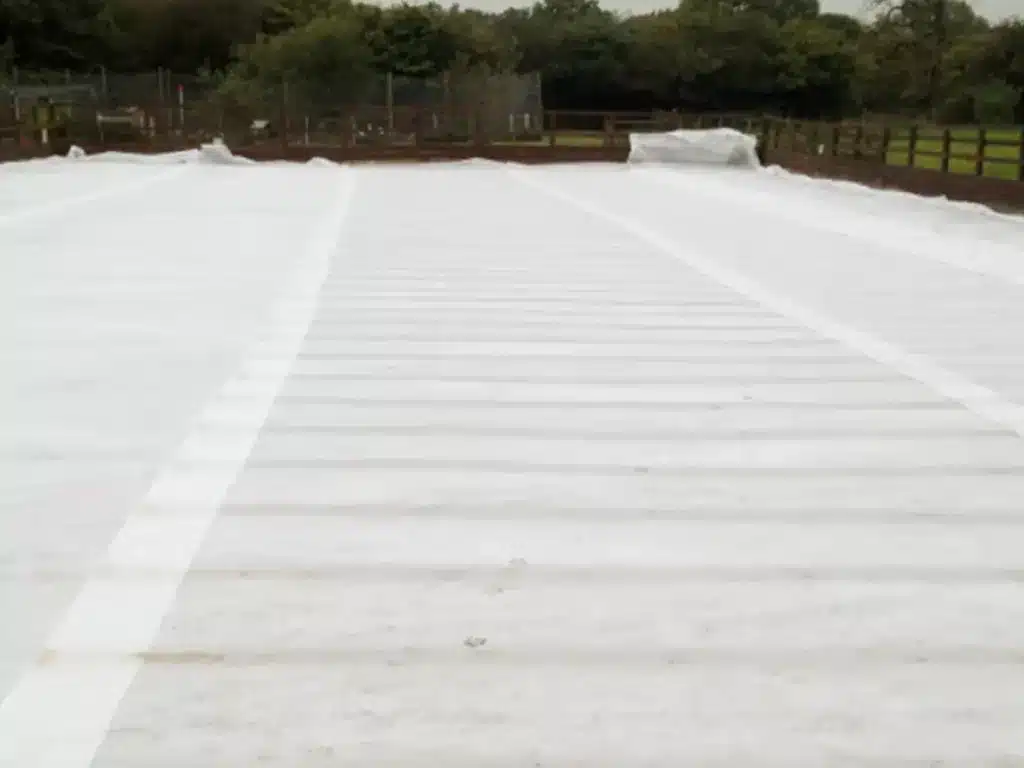
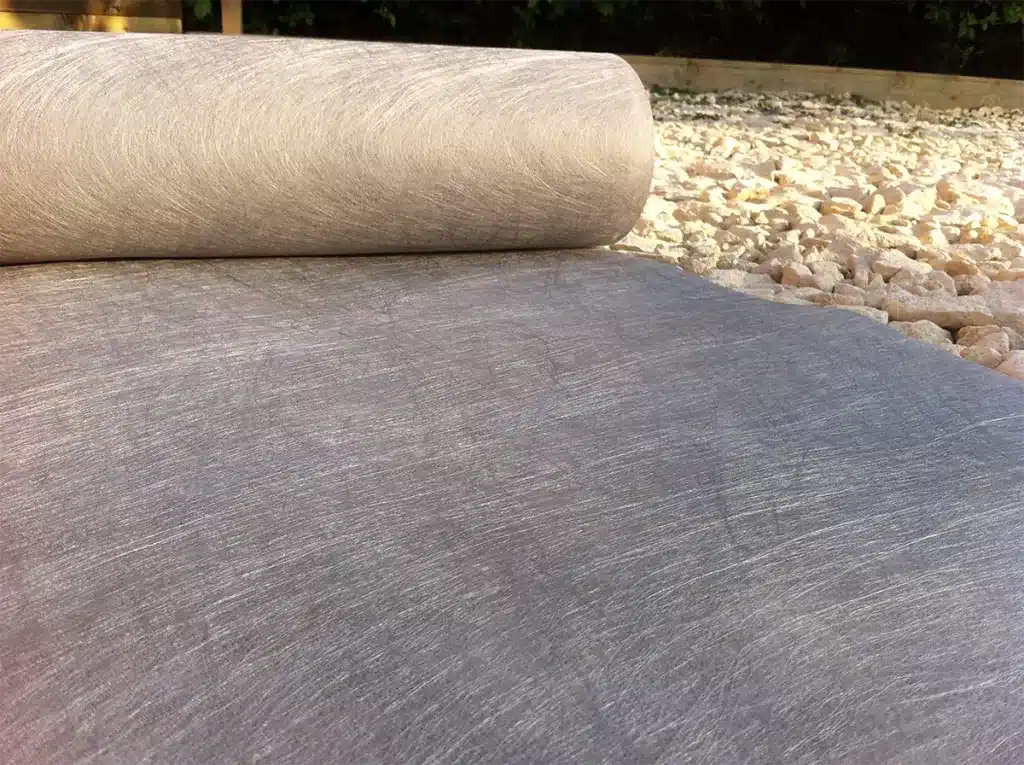
Get Free Sample
We’ll respond as soon as possible(within 12 hours)

